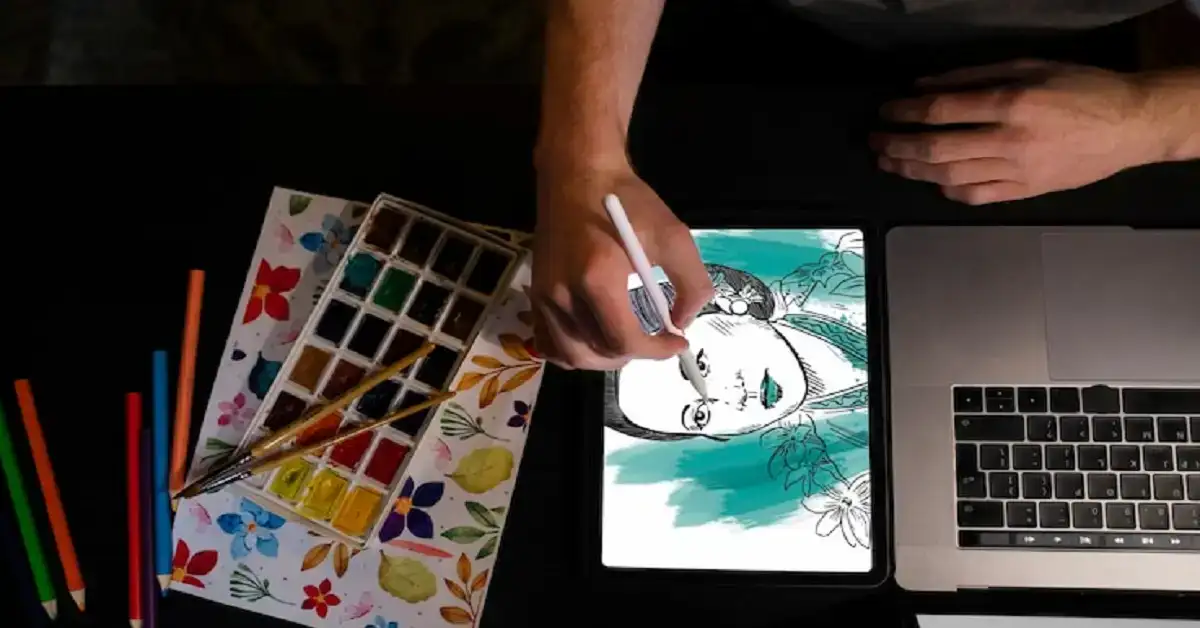It’s funny how small things can matter more than the big flashy stuff. Most marketing messages, emails, ads, they vanish in seconds. People barely notice. But a tiny, thoughtful piece? Something that’s clearly been made with a bit of effort, a bit of personality, sticks. A card, a note, even a design that’s slightly imperfect—it catches attention. And once it does, it doesn’t let go.
Even minor imperfections work in favor of engagement. Crooked text, mismatched colors, slightly uneven layouts—they make it feel human. People don’t just see it—they remember it. In a world where most things are churned out fast and uniform, that authenticity stands out.
These small gestures matter for businesses too. Invitations that look different from a standard template, thank-you notes that feel personal, seasonal greetings that carry a twist—they all interrupt the endless scroll and make people pause. They leave a memory. They create an experience. And sometimes, that small touch leads to more meaningful connections than a perfectly optimized ad campaign.
Technology makes creating this kind of impact easier than ever. Even those without design skills can make something engaging. Drag-and-drop tools, templates, and software allow almost anyone to experiment. Platforms also let people print greeting card free, meaning it’s possible to test ideas without spending a fortune. That freedom encourages creativity. People can try unusual layouts, mix up colors, even make multiple versions to see what resonates. Mistakes aren’t wasted—they become part of the charm.
Tangibility is a huge factor. A card or note occupies real space in ways digital messages can’t. It can sit on a desk, get pinned, or passed around. A physical piece lingers, creating repeated impressions over time. Digital messages vanish into a feed, but printed pieces keep working, slowly building recognition and familiarity.
Authenticity also comes through in these little details. Slightly imperfect designs, unexpected fonts, or unusual color choices signal human effort. That effort builds trust and engagement. People notice when something wasn’t mass-produced or automated. And in a market flooded with generic campaigns, human touches become a differentiator.
Even small actions ripple wider than expected. An original invitation can set the tone for an event before anyone arrives. A small greeting can lift someone’s mood unexpectedly. A thoughtful card can strengthen a connection far more effectively than a quick email or a message in an app. These physical touches carry meaning beyond the object itself.
From an SEO perspective, there’s another advantage. When something stands out, it gets shared. A well-designed card, even a small one, might be photographed, shared online, or referenced in blogs. That organic attention leads to backlinks, increased visibility, and engagement metrics that algorithms reward. So small, personal, offline gestures can actually support digital performance in surprising ways.
Budget constraints aren’t the issue they used to be. Free or low-cost options allow experimentation. Trying new layouts, adjusting colors, testing different messages—it’s all possible without financial risk. That reduces hesitation and encourages creativity. The result is often more memorable and more effective than a high-budget but impersonal campaign.
Holding something physical engages people differently. It communicates thought and care. It shows that someone invested time for the recipient. And that’s the kind of impression that lasts. Even minor errors—a color slightly off, text not perfectly aligned—enhance this effect by signaling human effort. Perfection is sterile. Personality sticks.
Speed and convenience can’t replace impact. Templates, automated campaigns, instant messages—they’re quick, but they rarely leave a mark. Slower, tangible, intentional gestures break through noise. They show attention, create engagement, and make the recipient feel recognized in a way digital alone often can’t.
Small creative acts succeed because they combine authenticity, effort, and tangibility. They don’t need to be expensive, polished, or perfect. Even a simple printed card that carries personality and thoughtfulness can create meaningful connections, ripple out into engagement, and leave a lasting impression.


